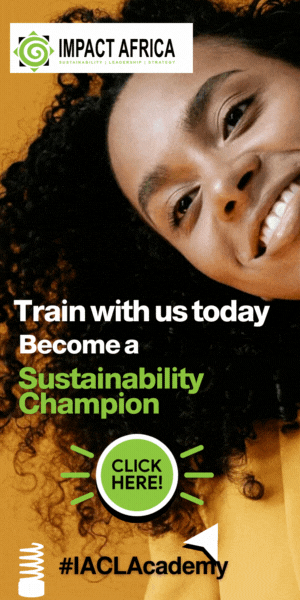Sustainable packaging refers to the development and use of packaging solutions that have a minimal environmental impact. It encompasses a wide range of practices and materials, including biodegradable plastics, recycled materials, and packaging designs that reduce waste. One of the key drivers of this movement is the increasing consumer awareness of the environmental impacts of plastic waste. With images of plastic-filled oceans and landfills becoming all too common, there is a growing demand for packaging solutions that are both environmentally responsible and economically viable. Companies are responding by investing in research and development to create innovative packaging solutions that align with sustainable practices.
One of the most promising developments in sustainable packaging is the rise of biodegradable and compostable materials. Unlike traditional plastics that can take hundreds of years to decompose, biodegradable plastics break down much more quickly, reducing their environmental impact. For instance, bioplastics made from renewable resources such as cornstarch or sugarcane offer a sustainable alternative to conventional petroleum-based plastics. These materials can be engineered to possess the same qualities as traditional plastics, such as strength and durability, while being compostable under specific conditions. As technology advances, the cost of producing these materials is expected to decrease, making them more accessible to manufacturers and consumers alike.
Read also: How companies are embracing sustainable packaging to combat plastic pollution
Another significant trend in the future of sustainable packaging is the adoption of circular economy principles. In a circular economy, products are designed to be reused, repaired, or recycled, thus extending their lifecycle and reducing waste. This approach contrasts with the traditional linear model of “take, make, dispose,” which contributes to environmental degradation. Packaging companies are beginning to embrace circularity by designing products that can be easily recycled or reused. For example, reusable packaging solutions, such as glass bottles or aluminum cans, are gaining popularity as they can be returned and refilled multiple times. Additionally, advancements in recycling technology are enabling more efficient and effective recovery of materials, further promoting circularity in the packaging industry.
The future of sustainable packaging is also being shaped by technological innovations. Smart packaging solutions, which incorporate digital technology, are revolutionizing the way products are packaged and consumed. For instance, QR codes on packaging can provide consumers with information about the product’s origin, ingredients, and environmental impact, thereby promoting transparency and informed purchasing decisions. Moreover, technology is being used to develop packaging that extends the shelf life of products, reducing food waste and improving supply chain efficiency. As technology continues to evolve, it will play an increasingly vital role in driving sustainable packaging practices.
Consumer behavior is another factor influencing the future of sustainable packaging. As more consumers prioritize sustainability in their purchasing decisions, companies are compelled to align their packaging strategies with these values. Brands that fail to adopt sustainable packaging risk losing market share to competitors who offer eco-friendly alternatives. This shift in consumer preference is not only encouraging companies to adopt sustainable practices but also prompting regulatory bodies to implement stricter environmental standards. Governments worldwide are introducing legislation to limit the use of single-use plastics and promote the use of recyclable and biodegradable materials, further accelerating the transition to sustainable packaging.




